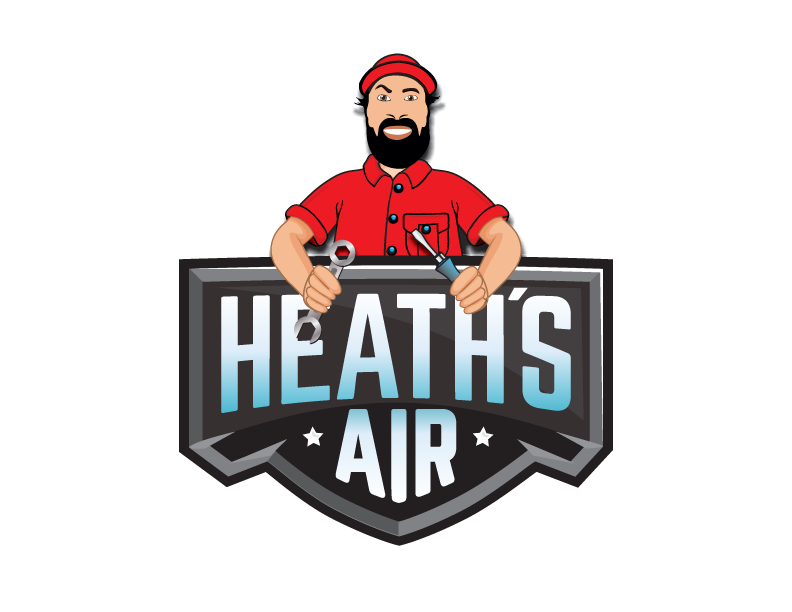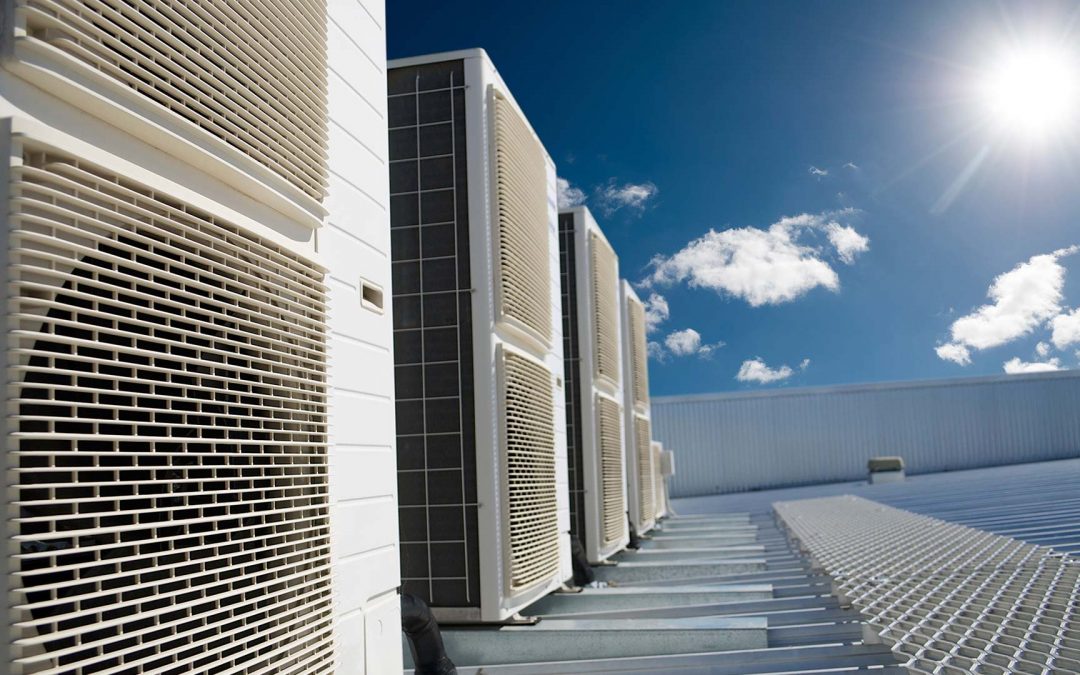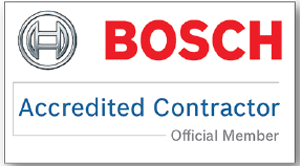Preventative maintenance is a framework for managing the operation of your commercial HVAC systems in a way that prevents them from breaking down unexpectedly. It ensures year-round service by keeping the heating and cooling units performing at maximum efficiency.
The main goal of preventative maintenance is to detect problems at their early stages and deal with them before they become major issues that interrupt the operation of the HVAC. It works by carrying out routine inspections and following a plan for regularly maintaining the units.
Benefits of preventative maintenance
Upholding efficiency is very important in a commercial building. The operations of the businesses that occupy the building are highly sensitive to changes that disrupt their work environment. Tenants and customers rely on the HVAC system for their personal comfort. Any failure of the system can cost the owner and occupants lost opportunities, warns Paramount Management in Mesa.
With a proper plan for preventative maintenance of a commercial HVAC system, the owner and tenants in the building are assured of the following benefits:
- Fewer problems with the HVAC system
Due to natural wear and tear, all HVAC systems develop problems occasionally and sometimes require repairs or parts replacement. This is regardless of how they are cared for. But with preventative maintenance, the rate of wear and tear is slower, and issues are detected on time. This allows the technician to stay ahead of problems and prevent system breakdown.
- Improved safety
HVAC systems contain materials that can be harmful to people in the environment. For instance, the systems need electricity to function and with an HVAC system that is out of order, there is always a risk of electric shock. Also, the heat exchanger in a poorly-maintained furnace may crack and let carbon monoxide escape into the air.
- Maximum life expectancy
HVAC equipment and components are expected to work for several years before they need replacement. Most systems fall apart long before the end of their life expectancy. This happens because the system’s projected life expectancy is based on it being promptly and adequately maintained. HVAC systems that are maintained in a timely fashion may even exceed their life expectancy.
- Better energy use
The HVAC systems, along with lighting, are the two biggest consumers of energy. The rate of energy use of the HVAC depends on its level of efficiency. A system that is neglected will require more and more energy to maintain the same level of heating or cooling. Preventative maintenance keeps all of the HVAC’s components in top shape and this will impact energy consumption positively.
How to do preventative maintenance of commercial HVAC systems
The following is a summary of the tasks involved in preventative maintenance of commercial HVAC systems. Every task on the list should be done by a trained technician, except where it is stated otherwise.
These tasks may be done by the owner
- Filters should be checked every month. Some units have a timer and indicator light to remind owners to perform this check. Clean air filters lower the system’s energy use by as much as 15%. This check should be done every 3-4 weeks. But filters only need to be replaced every 3-6 months.
- Clear debris and trim plants (create at least 18”) from around the outdoor units to facilitate airflow and keep pests out of the system.
- If dirt starts to accumulate on the outdoor unit, hose it down.
- Make sure supply and return registers are not being blocked by drapes, furniture, and rugs.
Periodic checks (quarterly or as needed)
- Check the operation of the thermostat; the wrong settings will force the system to work harder.
- Inspect HVAC drainage lines – drip pan and drain lines – to prevent moisture backup.
Spring checks for cooling systems and fall checks for heating systems
When switching from the heating system to the cooling system, or vice versa, perform these checks:
For Outdoor Units
- Inspect and clean the coil and cabinet
- Clear drain pans and condensate lines of all obstruction
- Inspect the compressor
- Examine and lubricate the fan motor, blades, and all moving parts, such as belts and pulleys
- Check safety controls, control boxes, all electrical connections, and switches
- Ensure refrigerant is at the recommended level, and recharge, if necessary
- Check that the fins of the outdoor units are not bent
For Indoor Units
- Check airflow and inspect the fan and blower assembly
- Check and lubricate belts, replace if needed
- Clean the combustion blower housing
- Examine and clean drip pan, condensate lines, and evaporator coil; remove debris and blockages
- Inspect and clean burner assembly
- Clean the ignition systems
- Inspect and test safety controls
- Inspect and check the operation of the heat exchanger
- Ensure the flue system is not worn out or dislocated
- Inspect electrical components; control box, connections, switches, and wiring
- Examine the duct system
Following the above checklist will prolong the life of the HVAC system and guarantee maximum efficiency throughout its expected lifetime. But to get the full benefit of the checklist, these tasks should only be done by a licensed HVAC technician.
Give Heath a call today to discuss your system maintenance needs!




